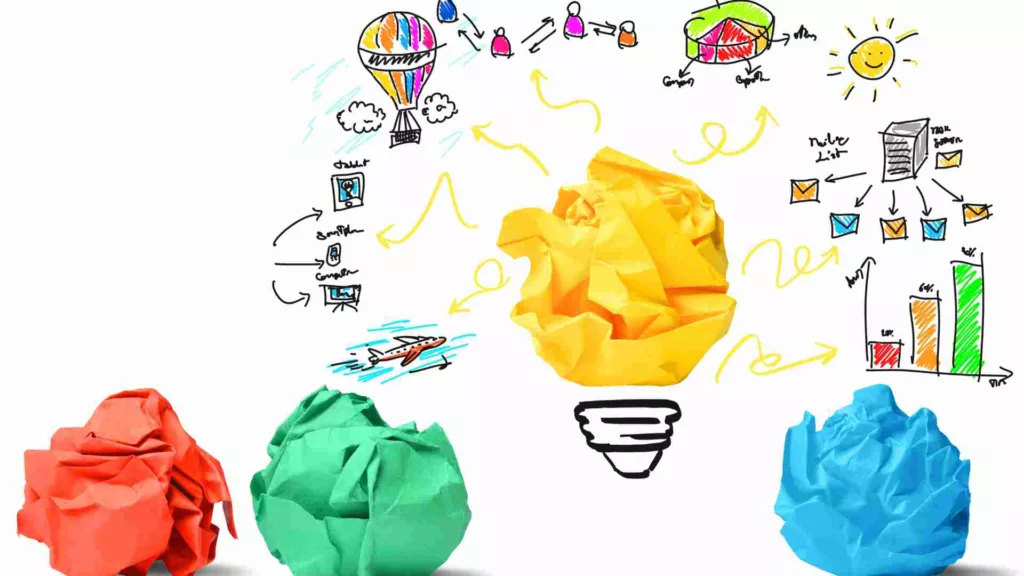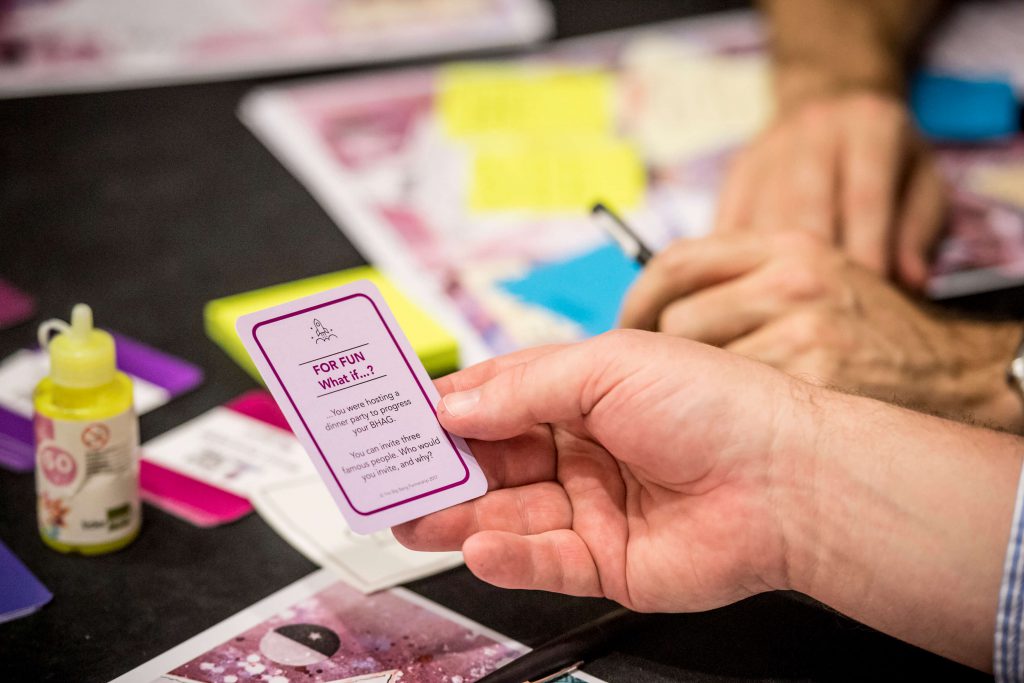Posted in Boost Your Brainpower by Jo North
Looking for some quick pointers on how to think more creatively at work? Here are 15 quick, science-backed tips that you can start today.
The First Step to Innovation
If you’re looking to inject fresh ideas into your work, taking the first step toward innovative thinking is crucial. Surround yourself with different perspectives—be it from team members of different backgrounds or a diverse set of resources. This sets the stage for a creative workplace.
Use Your Inhibitions
Cognitive inhibitions, different from behavioral ones, serve as filters that process the ceaseless stream of information our senses constantly absorb. They assist in selecting what matters most, enabling us to focus on essential aspects like survival and performance.
How Do Inhibitions Help Us?
- Behavioral Inhibitions: They prevent us from engaging in socially inappropriate behavior.
- Cognitive Inhibitions: These help filter unnecessary noise, allowing us to concentrate on crucial details. Imagine, without cognitive inhibition, the hundreds of pieces of data we absorb every moment would overwhelm us.
The Connection Between Creativity, Freedom, and Constraint
Creative thinking demands a delicate balance between freedom and constraint. Although cognitive inhibition is usually beneficial, the information we naturally filter out might contain insights that could fuel our creativity. We can learn to reduce cognitive filters to access this information.
Shifting Electrical Frequencies for Creativity
We can change our thinking mode by altering the electrical frequency of our brain activity. Utilizing slower frequencies like alpha waves (reflective thinking) and theta waves (a drowsy state) can foster creativity. Research by the late Colin Martindale and others indicates that creative individuals often access low-frequency states.

15 Quick Tips for How to Think More Creatively at Work
1. Sleep Technique
Based on research by Liston, Hobson and Stickgold, you can:
- Reflect on a problem before sleeping.
- Wake up 30 minutes earlier to tap into insights from REM sleep.
- Note down your thoughts for creative solutions.
2. Mindfulness Meditation
Mindfulness practice can be very beneficial if you want to learn how to think more creatively at work. It can:
- Promote divergent thinking before idea generation.
- Help reflection, especially through walking meditation.
- Increase awareness of creative inspiration through regular meditation.
3. Give Your Frontal Lobes a Break
Creative insights often happen when the brain’s superior temporal gyrus is engaged and the frontal lobes relax. Embrace those moments when your mind wanders, and new connections can be forged.
4. Brain Blink Technique
Brain Blink is a phenomenon discovered by researchers like Kounios. Momentarily shutting down visual stimuli aids in inward focus, leading to creative ideas. Experimenting with different visual stimuli is an interesting way of how to think more creatively at work.
5. Growing Your Creativity
Creativity isn’t fixed; it can be nurtured. Although our brain structure, environment, and frontal lobes affect our creativity levels, we can train ourselves to be more inventive.
6. Challenge Yourself
Break free from your thinking rut by embracing new perspectives and information. It may feel awkward initially, but with practice, your thinking processes will become more fluid.
7. Exercise Your Creativity
Just like building muscles, consistently challenging your creativity will strengthen it. Keep pushing your limits to grow in strength.
8. Use a Creative Process
Creative thinking skills aren’t just for artists or those in the creative industry. In any field, understanding the creative process is a valuable asset. Challenge the status quo and step out of your comfort zone. Mind maps or brainstorming sessions can be a powerful tool in this journey.
9. Work Environment
Your office space can have a significant impact on creativity. Even small changes like adding natural light or elements of your favorite things can encourage a more creative workflow.
10. Collaborative Creativity
A strong team is made stronger with the help of others. Steve Jobs once said, “Creativity is just connecting things.” Make use of different skills and interpersonal skills to tackle complex problems.
11. Soft Skills and Creative Thinking
Don’t underestimate the importance of soft skills. They’re a key element in innovative solutions and can help create a culture of creativity. From analytical to problem-solving skills, these abilities make for a well-rounded, creative thinker.
12. Time Management
In a world of tight deadlines, finding new ways to manage time is part of the creative problem-solving toolkit. Look at the bigger picture to discover the best solution for immediate and future challenges.
13. Technology and Creativity
Cell phones and other tech tools offer new possibilities for creative thinking. Use them wisely to aid in work processes and to help find better solutions. Switch them off or put them away for more creativity, too!
14. Measure and Reward Creativity
Celebrate your creative victories, whether they’re new products or effective problem-solving techniques. Recognize the benefits of creativity, such as positive change and better results, and let that fuel your future endeavors.
15. Continuous Learning
The Future of Jobs Report points to creativity and innovation skills as major factors for success in the coming years. Always be on the lookout for new projects and creative opportunities that will challenge you.
How to Think More Creatively at Work: Next Steps
At the bottom line, creativity brings interesting people together, helps solve potential problems, and leads to new solutions. So keep an open mind, work hard, and who knows what you’ll come up with next year.
By fostering a creative mindset and embracing new ideas, you set the stage for limitless creative opportunities and a more successful career.
Loosening cognitive inhibitions can open new doors to creative thinking. Whether it’s the sleep technique, meditation, or taking a mental break, these strategies can help you foster creativity at work. If you’re ready to dive deeper, my e-book, “Idea Time,” offers more insights into developing your creative potential. So, why not give it a try? Embark on this exciting journey and discover a more innovative you!

